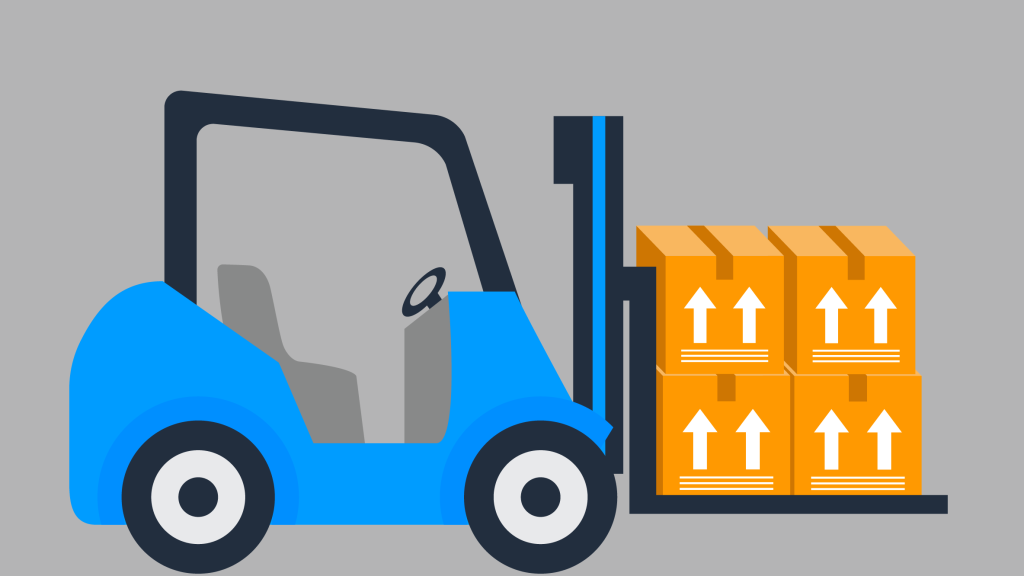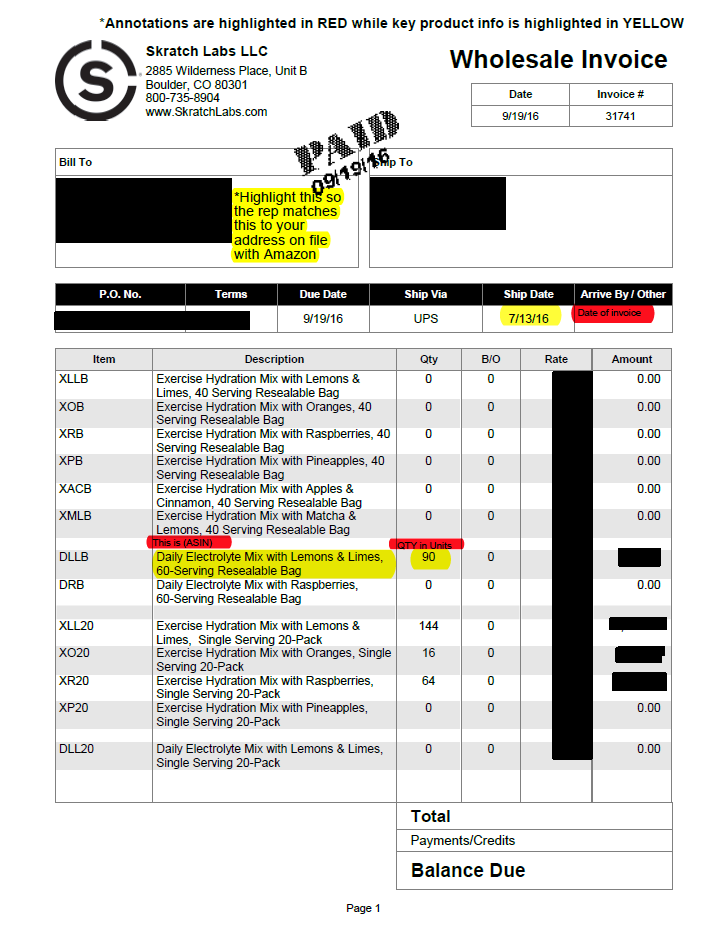
Those are all phrases we have, at some point, muttered. The problem with those phrases is they are accepting of mediocrity. They predispose we are willing to accept “good enough”. While greatness may or may not be attainable, you sell your dreams short by accepting less. The fact is you have chosen to run and operate your own business. You have taken that chance, putting your time and money on the line, you owe it to yourself to accomplish whatever is possible without restriction.
In truth, by human nature, we condition ourselves to accept excuses. We accept good enough because that is what is easily attainable without real resistance. We meet resistance, then settle, because, well, it’s the easiest thing to do. We tell ourselves it’s reasonable because other people do it. Ask yourself these questions:
Did you start your business because other people were doing it?
Did you start your business because you wanted something?
Have you accomplished what you set out to do?
Do you want MORE?
The reason I think good is the enemy of great is it clouds our judgment. It makes us think that we have what we want. That we shouldn’t push through the resistance barrier to achieve something more. It tells us to stop and stand pat because that is normal. If you are an entrepreneur, YOU AREN’T NORMAL. You are the exception. By that logic, you should try to achieve exceptionally. You should shoot for the unattainable, and keep moving forward.
The difference between the good entrepreneur and the great entrepreneur is the great entrepreneur didn’t let something hold them back. Whenever conventional wisdom said you have done well, they realized they were just getting started, and they could accomplish more. They found ways to press on whenever things got tough. What I come to realize is the difference between myself and Richard Branson isn’t that they are inherently smarter than me… It’s that they didn’t take no for an answer. They didn’t settle for second best. They always wanted to progress, to innovate, to automate, and to move forward.
If you have achieved what you set out to achieve, did you set your sights too low? Are your targets based on the preconceived notion that the level of success that you are achieving is really all you need to achieve? Reanalyze your aspirations and targets and figure out for yourself, do you owe it to yourself to shoot for something more.
To give you an idea, one of our former students, John Chartier, is someone who has gone through this process recently. John had created a comfortable business, learned to minimize the time spent on it, and had truly developed a passive-style income. His business ran with minimal investment (either time or money), and he made more than enough to live comfortably off the profits for the foreseeable future. There was a point that I was talking to John and his tone changed. He went from happy to thinking “I can do more.” He knew he could grow his business, but wasn’t necessarily sure on the steps he should take.
If you have followed John, you too have got to see this journey. He started posting more, dedicating more time to learning, dedicating more time to his business. In the past few months, John has rededicated himself to his business, went and leased a warehouse, expanded beyond the lines that were comfortable, introduced new strategies, and introduced new philosophies to grow his business. Now, John has a new goal, he wants to break $1M in sales next year. John has truly analyzed his targets and set new goals!
Great is a relative term. To me, being great simply means achieving a level beyond my grasp. After you achieve that, don’t settle! Instead, like John, realign what a new target for greatness is, then shoot to achieve it. Analyze your business, analyze your situation and develop a road map to help you achieve what you haven’t already.
Have you let Good stand in the way of Great? How will you make sure that you are getting the most out of your business? Let us know.






